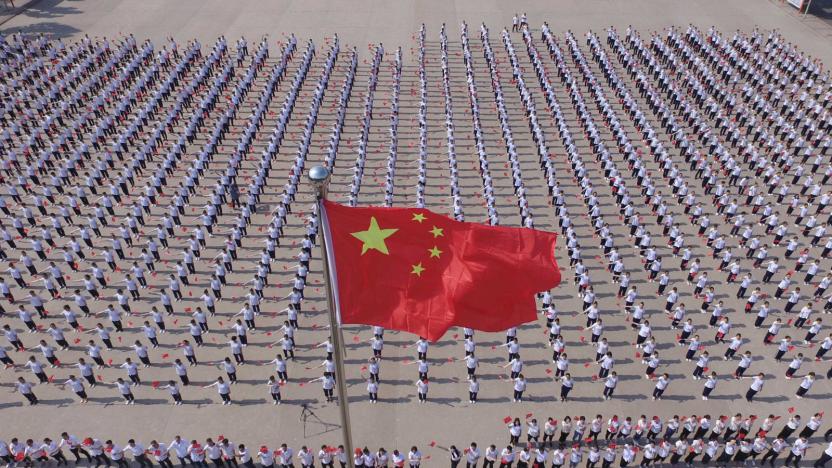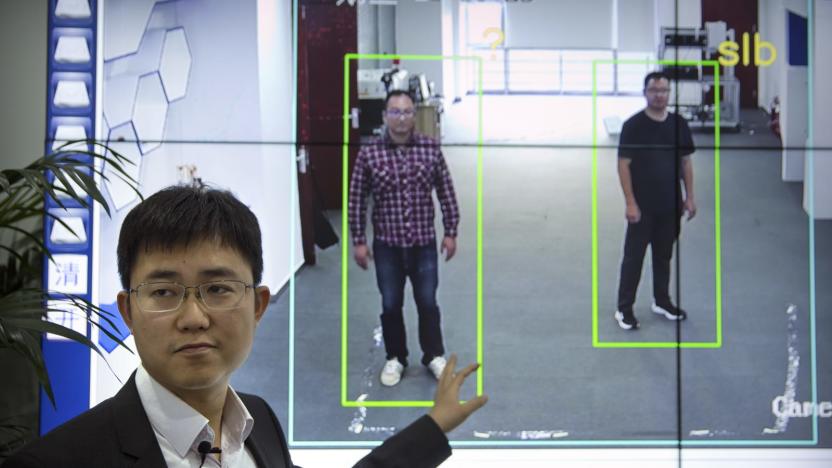Uighurs
Latest

TikTok tries to explain takedown of viral video about Uighurs in China
Other the last day or so, a TikTok "makeup tutorial" video that was actually a call for viewers to investigate the detention of Uighur Muslims in China went viral on and off the platform. However, as The Guardian and others reported, TikTok temporarily banned the account of the teenager who created the video. According to her, this isn't the first time the platfom has tried to censor her account for speaking about the issue. This evening, as much of the US heads into a holiday weekend, TikTok offered a public apology and detailed timeline of events, where it claims that the ban was not related to the topic of this video. To summarize, the company's version of events is that two weeks ago her earlier account was banned for a satirical video that featured an image of Osama Bin Laden as it violated "strict" policies against terrorist figures. Then, after the Uighur/eyebrow curling video, a separate sweep banning devices tied to accounts that had already been banned had the effect of locking her out of her new account. Then a "human moderation error" resulted in the video going offline for around 50 minutes. It's a detailed explanation that for some will be hard to believe. Feroza, the teenager who made the video, tweeted "do I believe they took it away because of a unrelated satirical video that was deleted on a previous deleted account of mine? Right after I finished posting a 3 part video about the Uyghurs? No." The incident also occurs as US regulators are looking into TikTok's parent company ByteDance, and its connections to the Chinese government. According to report today from Reuters, ByteDance has made efforts to separate TikTok from much of its Chinese operations, and is setting up a team in Mountain View, CA to oversee management of data in the US.

Chinese officials reportedly installed a surveillance app on tourists' phones
Chinese border guards are reportedly installing surveillance apps on the phones of some travelers. According to an investigation by the Guardian, The New York Times and Süddeutsche Zeitung, the app extracts emails, texts and contacts, as well as info about the device. Without notifying phone owners, border guards have installed the app when people attempt to cross from the Kyrgyzstan region to the Xinjiang region, an area where the Chinese government has long restricted the freedoms of the Muslim population.

Chinese surveillance company found tracking 2.5 million people
Security vulnerabilities are horrible, but one of them is shedding light on the reach of the Chinese surveillance state. Security researcher Victor Gevers discovered that facial recognition firm SenseNets left a surveillance database completely exposed, revealing that it has been tracking over 2.5 million people in the western province of Xinjiang, where China has targeted Uighur Muslims. The company has been holding on to personally identifying info (such as names and ID card numbers) as well as an extensive amount of location info, including 6.7 million data points tagged with names (such as "mosque" and "hotel") gathered inside of 24 hours.

China implements tech that can detect people by the way they walk
A Chinese surveillance company, Watrix, has developed a new system for "gait recognition" that can identify people up to 165 feet away based on how they walk. This means that if a person is wearing a mask or is at an awkward angle, the software can use existing footage to detect them. CEO of Watrix, Huang Yongzhen, told the Associated Press in an interview that the software can't be fooled by limping or other out-of-the-ordinary stances because it analyzes a person's entire body.


